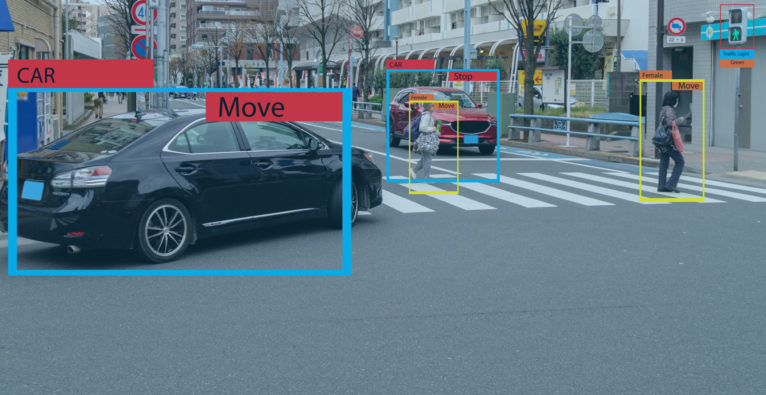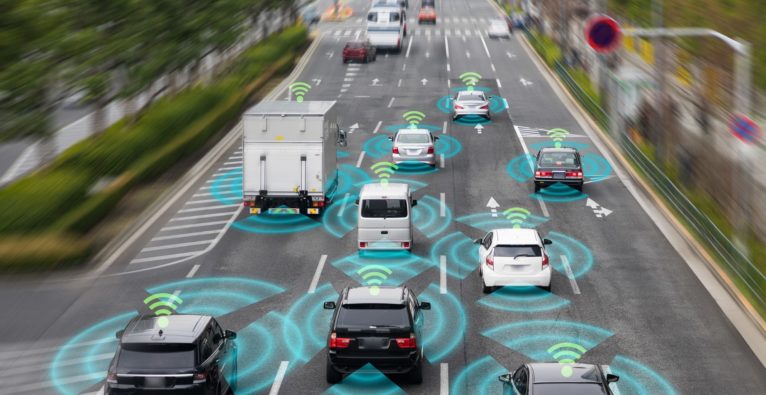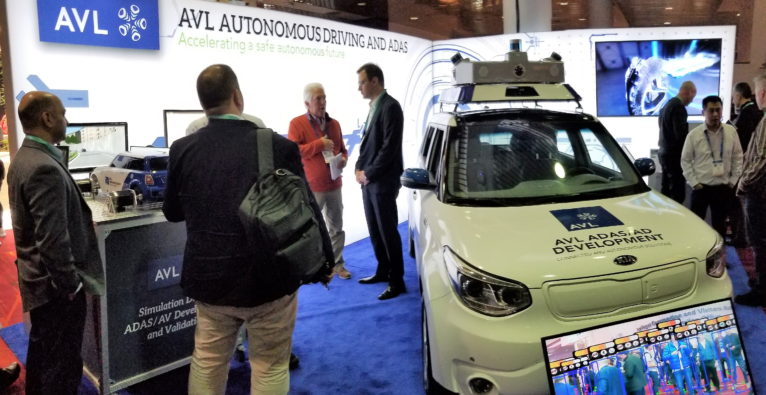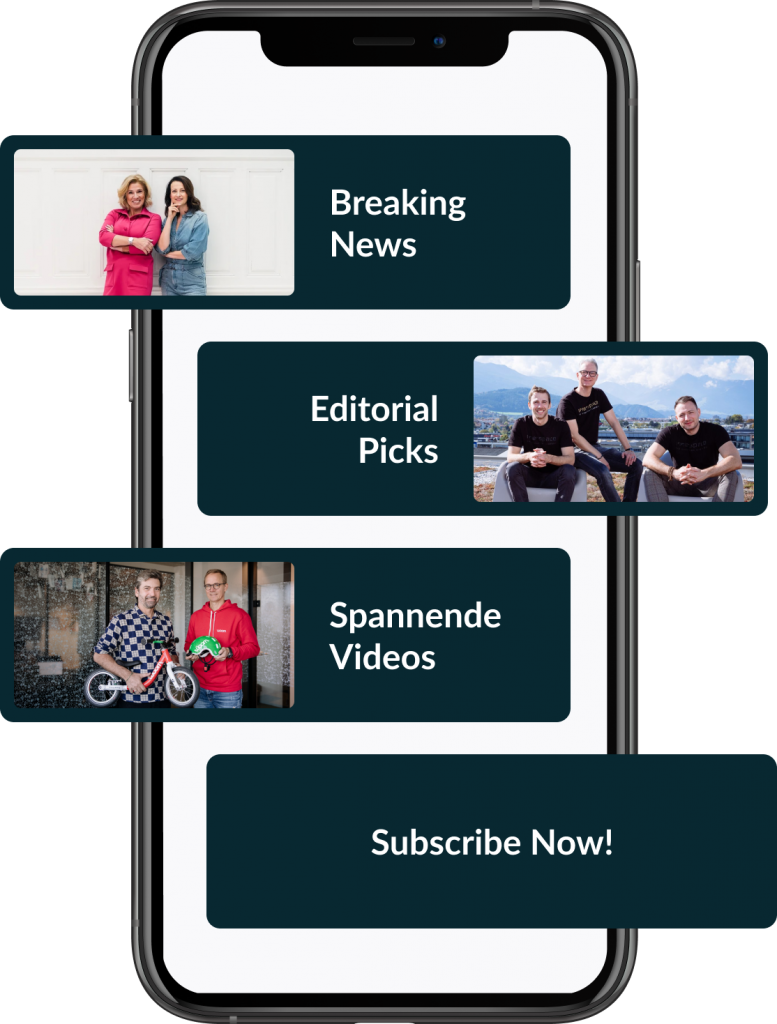Sie ist ein Trainingslager für Innovation. Sie steht für Wertschätzung und Anerkennung und hebt die Arbeit von Innovator:innen ins Rampenlicht. Und sie zeigt, wie gut sich Innovation hands-on umsetzen lässt. Die Rede ist von der Innovate 2024 – der jährlich stattfindenden Innovationskonferenz des öffentlichen Sektors.
Am 28. November 2024 dreht sich auf der Konferenz für Verwaltungsinnovation alles um die nächste Generation: “nextGen – Wer gestaltet die Zukunft der Verwaltung?” ist das Motto, unter dem diskutiert, gebrainstormed, vernetzt und gemeinsam gestaltet wird.
Im Vorfeld dazu haben wir mit Andreas Buchta-Kadanka gesprochen – tätig in der Sektion III – öffentlicher Dienst und Verwaltungsinnovation, Leitung der Gruppe III/C, die sich unter anderem mit dem wirkungsorientierten und innovativen Verwaltungsmanagement befasst.
Im Interview mit brutkasten erwähnt er einige Aspekte, warum die “nextGen” in das Rampenlicht der Verwaltungsinnovation gehört und wie es jungen Menschen gelingen kann, den öffentlichen Sektor zu transformieren.
brutkasten: Sehr geehrter Herr Buchta-Kadanka, letztes Jahr hat die Verwaltungsinnovation ihr 100-jähriges Jubiläum gefeiert. Mit welchen Erkenntnissen startet die Verwaltung nun in das nächste Jahrhundert?
Andreas Buchta-Kadanka: Ich glaube, die vielleicht charakteristischste Entwicklung der letzten 100 Jahre war der Wandel von einem Durchsetzen der Obrigkeit hin zu einer immer stärker bürgerzentrierten Verwaltung. Der Dienstleistungsgedanke hat sich sehr stark durchgesetzt. Die Verwaltung ist Dienstleister der Bevölkerung. Und die Bevölkerung nimmt das Verwaltungshandeln nicht einfach hin, sondern verdient Transparenz, Erklärung und das proaktive Beseitigen von Widersprüchen. Diese Entwicklung ist eine entscheidende in unserer Geschichte.
Welche Herausforderungen muss sich die Verwaltung angesichts dessen stellen?
Ich glaube, eine wesentliche Challenge für die Verwaltung und das Regieren generell ist die schnellere Taktzahl, die höhere Geschwindigkeit unseres Apparates. Das beginnt schon bei der Erwartungshaltung von Bürger:innen: Wir versuchen, Transparenz und Schnelligkeit so gut es geht in unser Handeln zu integrieren. Das optimieren wir auch kontinuierlich, wie internationales Benchmarking zeigt.
Das heißt: Je schneller die Verwaltung reagiert, desto besser?
Jein. Ich würde sagen, so korrekt und schnell wie möglich. Grundsätzlich besteht die mediale Erwartungshaltung, dass zu verwaltungspolitischen Themen sehr schnell Stellung genommen wird. Sei es durch Politiker:innen oder durch die Verwaltung selbst. Diese Schnelligkeit ist zumindest meiner Meinung nach eine der größten Herausforderungen: Schnell und korrekt reagieren und bei all der Schnelligkeit Qualität zu sichern. Gerade dafür wollen wir auf innovative Lösungen der nextGen setzen.
Inwiefern könnte diese Umsetzung aussehen?
Konkret geht es darum, abzuwägen: Wie schnell müssen wir sein, was wollen wir transformieren oder digitalisieren und wie machen wir das richtig. Wir wollen schlechte Prozesse nicht einfach digital machen, sondern digitalisieren und optimieren. Wir wollen “Arbeit” anders denken und technologische Vorteile mitnehmen.
Inwiefern glauben Sie, dass Ihnen die diesjährige Innovate Antworten auf diese Fragen liefert?
Ganz klar ist es der Austausch und die Inspiration voneinander. Das physische Zusammenbringen von Innovator:innen aus Wirtschaft, Wissenschaft, der Zivilgesellschaft und Verwaltung. Das Lernen voneinander, das Bilden eines Netzwerkes. Das sind Dinge, die man nicht rein online oder bilateral macht. Dafür braucht es Veranstaltungen wie die Innovate.
Wie passieren Fortschritt und Innovation?
Ich bin davon überzeugt, Innovation passiert vor allem aufgrund des informellen Austausches. Netzwerken ist etwas Persönliches. Inspiration und das Diskutieren darüber, was funktioniert und was nicht, das hat eine ganz starke zwischenmenschliche Komponente. Und diese Art von Innovation braucht keinen Frontalvortrag und keine Jubelbroschüre, sondern persönlichen Austausch.
Der persönliche Austausch soll dieses Jahr ja vor allem mit der nextGen – also der nächsten Generation – passieren. Was will die diesjährige Innovate damit bewirken?
Für uns ist das ein sehr naheliegendes Thema. Wir stehen vor massiven demografischen Umwälzungen. In den nächsten 13 Jahren werden 44 Prozent des Personals in der Verwaltung in Pension gehen. Fachkräfte am Arbeitsmarkt sind ja ohnehin schon gefragt. Es besteht bei uns großer Rekrutierungsbedarf.
Inwiefern könnte die Verwaltung mit der Pensionswelle umgehen?
Indem wir weiterhin ein attraktiver Arbeitgeber sind und unsere Stellung kontinuierlich verbessern. Auf der Nachfrageseite, aber auch für unser bestehendes Personal. Wir wollen für den Bund begeistern und personalwirtschaftliche Themen sehr stark mit dem Innovationsaspekt verbinden. Wir schauen stark darauf, Innovation nicht nur in klassischen personellen Disziplinen wie Bezahlung, Arbeitszeit und New Work zu verankern. Wir stellen als Arbeitgeber auch sicher, unser Personal aktiv in den Innovationsprozess einzubinden und generationenübergreifende Bedürfnisse zu erfüllen. Und dafür bietet die Innovate eine hervorragende Bühne.
Das heißt, auf der Innovate können Teilnehmende die Verwaltung aktiv mitgestalten?
Ganz richtig. Innovation heißt, wir sind für alle Ideen offen und wollen das auch im Personalkontext fördern. Bei der diesjährigen Innovate geht es deshalb primär um das Thema demografischer Wandel, Wissensmanagement, Recruiting und Führung. Unser Schwerpunkt ist die nextGen – und wir befassen uns intensiv damit, wie man altes Wissen sichern, weitergeben und mit den gegenwärtig verfügbaren Mitteln (Stand der Technik) aufbereiten kann.
Das klingt nach einem sehr universellen Thema.
In der Tat. Wir decken damit nicht nur die Bedürfnisse der Verwaltungscommunity, sondern auch jene der Wissenschaft, Wirtschaft und Zivilgesellschaft. Wir wissen, dass Wissenstransfer und Modernisierung nicht nur Herausforderungen in unserem Feld sind, sondern sektorenübergreifend stattfinden müssen.
Welche Themenbereiche rücken zukünftig noch weiter ins Zentrum?
Ein ganz wichtiges Thema, mit dem wir uns dieses Jahr auch befassen, ist die Sinnhaftigkeit im Arbeiten. Diese Komponente ist gerade für die nextGen besonders wichtig. Junge Menschen wollen in ihrem Wirken die Möglichkeit haben, einen nachhaltigen Beitrag für Österreich und die Gesellschaft leisten zu können- und das tun sie bei der Verwaltung.
Wo braucht es besonderen Innovationsbedarf?
Kompetenzen und Skills ständig ändern. Wir wissen, Kompetenzorientierung ist auch auf europäischer Ebene ein großes Thema. Da gilt es, heute schon die Kompetenzfelder von morgen ausfindig zu machen und Entwicklungen bestmöglich zu antizipieren. Denn wenn wir jetzt falsch ausbilden oder schlecht rekrutieren, sind wir auch schlecht für die Zukunft aufgestellt.
So ganz Hals über Kopf darf man sich allerdings nicht ins Wasser stürzen. Gerade in der Verwaltung ist es uns sehr wichtig, das Vertrauen der Bürger:innen zu halten und nicht durch zu riskante Neuerung zu verspielen. Sei es in puncto Datenschutz, Rechtsstaatlichkeit, Rechtssicherheit, Fairness oder Gleichbehandlung. Wenn man in diesen Bereichen schlechte Produkte produziert, kann das Vertrauen der Bevölkerung erodieren.
Das heißt, lieber langsam und sicher als zu schnell und zu riskant?
Das Vertrauen in Institutionen ist ein derzeit sehr wichtiges Thema. Insofern muss man sich bei innovativen Prozessen als Staat schon etwas vorsichtiger und mit klaren Guidelines – auch aus ethischer Sicht – bewegen. Als konkretes Beispiel der Einsatz von KI: Wenn ich auf meiner Spotify-Playlist einen unpassenden Vorschlag erhalte, ist das etwas anderes, als wenn das bei einem Gerichtsurteil der Fall wäre – das hat eine ganz andere Dramatik.
Welche Highlights bietet die Innovate dieses Jahr?
Die Innovate soll ja nicht nur so heißen, sondern auch so sein, dass wir nicht nur Vorträge halten, sondern auch ein gestaltendes Element einbringen. Wir haben dafür heuer ein neues Format: Den sogenannten Innovate Sprint, einen interaktiven Workshop, der sich mit dem Thema nexGen & Verwaltung befasst.
Und beim Innovate Sprint können Teilnehmende aktiv “mit sprinten”?
Genau. Der Innovate Sprint ist ein Workshop-Format, bei dem Teilnehmer:innen in interdisziplinäre Teams aufgeteilt werden. So kommen viele unterschiedliche Hintergründe und Perspektiven zusammen. Die Teams entwickeln dann je eine Idee, die mit künstlicher Intelligenz visualisiert wird. Über die beste Idee wird dann im Zuge der Innovate und mit unserer Verwaltungs-Community abgestimmt und der Sieger wird prämiert.
Was bekommen die Sieger:innen des Innovate Sprint?
Die Siegergruppe wird die Möglichkeit haben, mit uns nächstes Jahr zum Creative Bureaucracy Festival nach Berlin zu fahren. Das ist eines der weltweit größten Veranstaltungen im Bereich der Verwaltungsinnovation.
Das klingt nach einem tollen Siegerpreis! Und nach einem großen Mehrwert für die Verwaltung Österreichs.
Die Teilnehmer:innen der Innovate Sprint können mit ihren Ideen Einiges bewirken. Wichtig ist uns dabei auch, dass wir als wertbasierte Verwaltung das Vertrauen in staatliche Strukturen aufrechterhalten. Das ist eine unserer Kernfunktionen.
Warum ist gerade die Innovate der richtige Ort, um diesen gemeinsamen Fortschritt zu erzielen?
Die Innovate ist wie ein Trainingslager: Natürlich kann ich meinen Sport alleine betreiben und ich kann darin alleine besser werden. Aber ich finde, es ist das Mindeste, einmal im Jahr gemeinsam zu “trainieren”, sich auszutauschen und sich gemeinsam auf zukünftige Challenges vorzubereiten.
Die Innovate ist also quasi ein Trainingslager für die Zukunft der Verwaltung?
Nicht nur: Die Innovate stellt alle, die über das Jahr an Innovation, Sicherheit und digitalem Fortschritt arbeiten, ins Rampenlicht. Die Innovate ist auch ein Stück weit ein Dankeschön für all die Arbeit, die geleistet wird. Und sie zeigt, dass tolle Konferenzen nicht nur etwas für die Privatwirtschaft sind, sondern dass es innovatives Denken und gemeinsames Schaffen auch im Bundeskontext gibt.







